Beginning today, Israeli Air Force F-16C/D “Barak” fighter jets will be flying alongside their Luftwaffe counterparts in the skies over Germany. It marks the first time that Israeli warplanes have ever taken part in an exercise in that country. A milestone in the modern history between Israel and Germany, the deployment will also include flyovers to honor those murdered in the Holocaust, as well as the 11 members of the Israeli delegation killed in the Munich massacre at the 1972 Summer Olympics.
Israeli Air Force (IAF) aircraft taking part in the joint exercise began to arrive at Nörvenich Air Base near Cologne in the west of Germany on Aug. 17, 2020. The station is home to the Luftwaffe’s Taktisches Luftwaffengeschwader 31 (Tactical Air Wing 31) “Boelcke” flying the Eurofighter multi-role combat jet. The maneuvers are scheduled to end on Aug. 28.
As well as the six “Barak” fighter jets — three each from the Hatzor-based 101 and 105 Squadrons, known as “The First Fighter” and “The Scorpion,” respectively — the IAF has sent two Boeing 707 “Re’em” tanker aircraft and two special-missions Gulfstream G550 aircraft to Nörvenich. One of the G550s is a “Nachshon-Eitam” equipped with a Conformal Airborne Early Warning (CAEW) system — comprising conformal phased-array radars on both sides of the forward fuselage — while the other is a “Nachshon-Shavit” outfitted for signals intelligence (SIGINT). Both G550s are operated by 122 Squadron at Nevatim Air Base. All these aircraft are accompanied by up to 180 personnel.
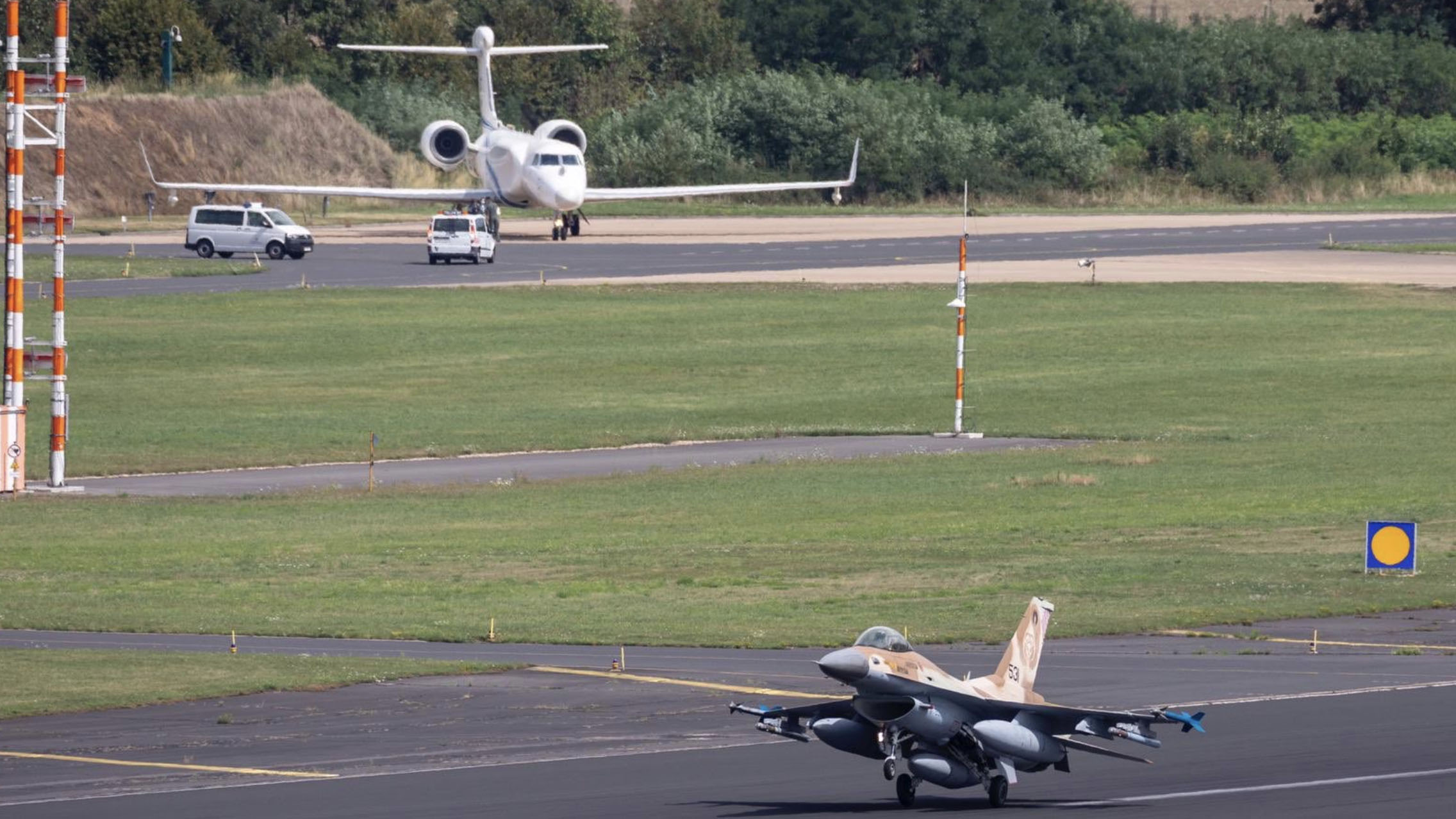
Last summer, IAF commander Major General Amikam Norkin visited Germany to help develop cooperation between the two country’s air forces. The IAF took to its Twitter account on Aug. 7 this year to release the first few details of the event, before the Luftwaffe also confirmed the upcoming exercise on Aug. 13.
The first IAF aircraft movements related to the maneuvers took place last week, when a number of C-130H/J and KC-130 support aircraft were seen making visits to Nörvenich Air Base, bringing troops, equipment, and supplies from Israel.
As the first IAF jets touched down at Nörvenich, the Luftwaffe’s highest-ranking officer, Lieutenant General Ingo Gerhartz, led a welcome formation of two Eurofighters to greet his Israeli counterpart. “On behalf of the German Air Force it is an honor for me to welcome the Israeli Air Force entering German airspace for the first time in history. My Israeli Friends, Amikam, now our Blue Wings fly side by side!” was heard over the radio, as Gerhartz positioned his jet off the wing of Norkin’s Gulfstream aircraft.
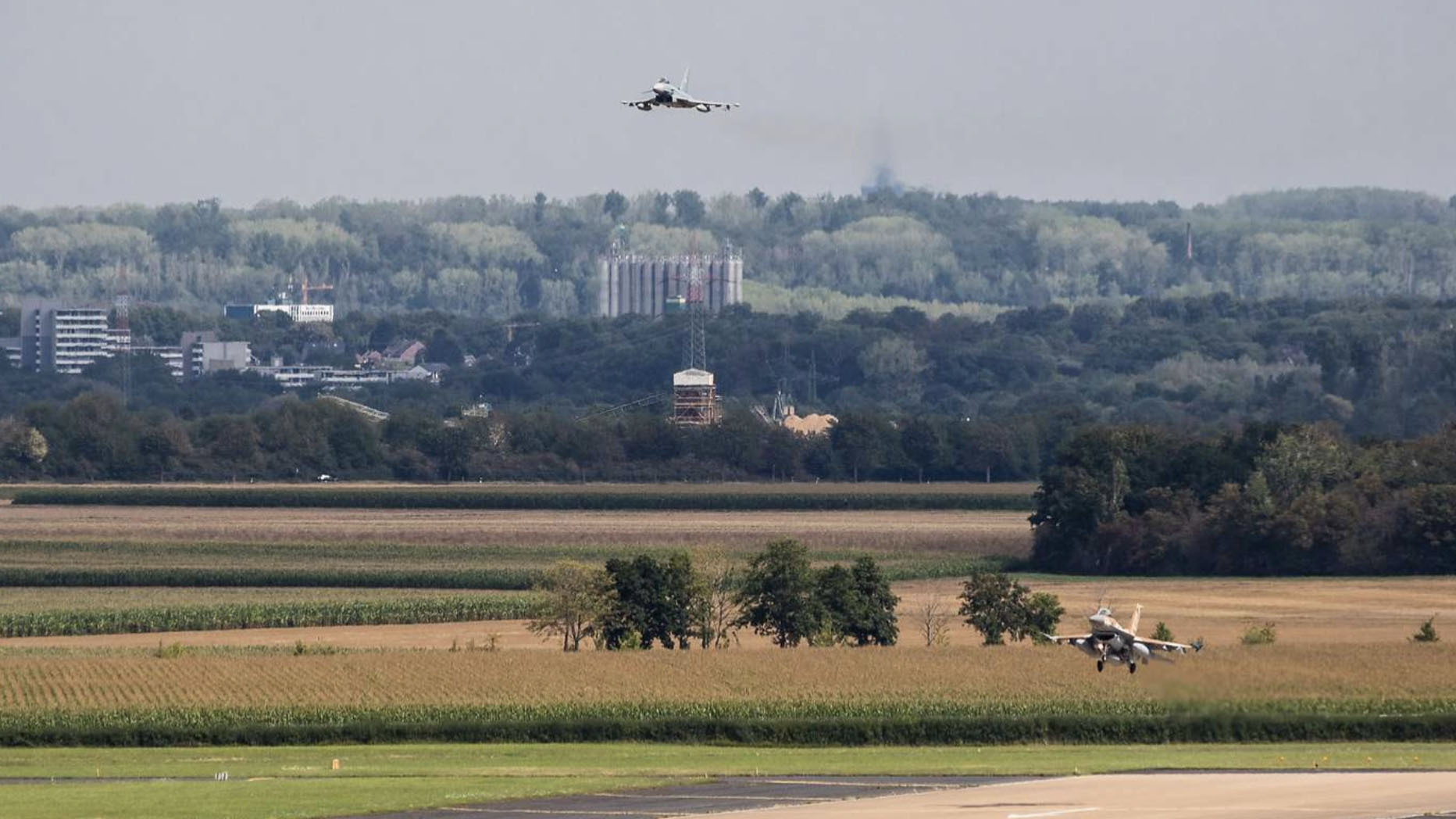
“The exercise is being held to continue enhancing the IAF’s capabilities, maintain its readiness to face various scenarios, and to continue strengthening its bonds and cooperation with allied air forces,” the IAF explained in a press release on its website. The IAF contingent will test their skills in dogfights, ground-to-air combat, defeating surface-to-air missile threats, and “other combat scenarios in enemy territory.”
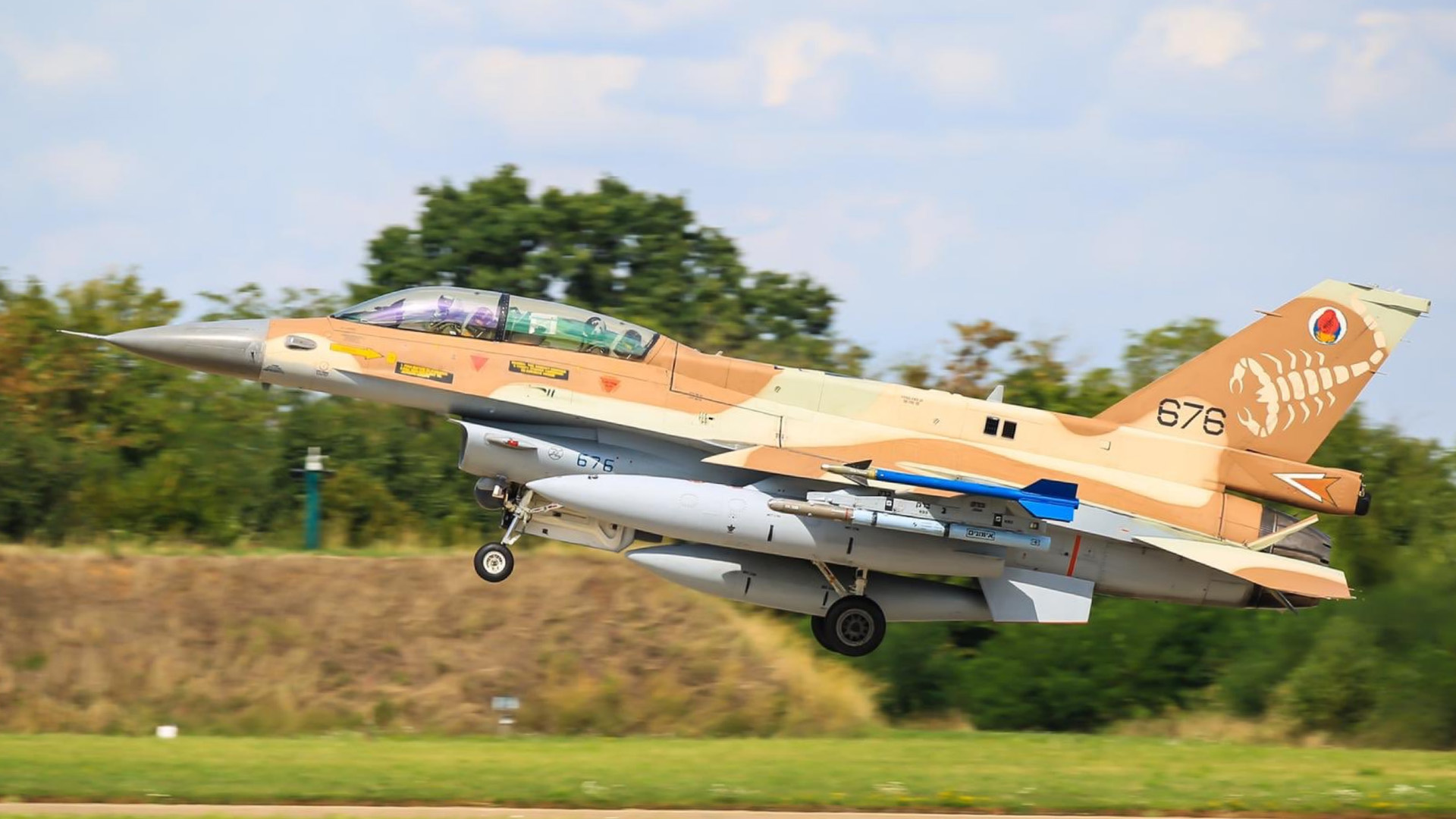
“The IAF will participate in the exercise for the first time as Germany’s guests. This is an opportunity to showcase our abilities and learn about NATO’s flight and training technique,” added the commander of the IAF’s 105 Squadron, “The Scorpion,” identified only by the name Lieutenant Colonel A. The boss of the squadron is also heading up the IAF’s deployment team.
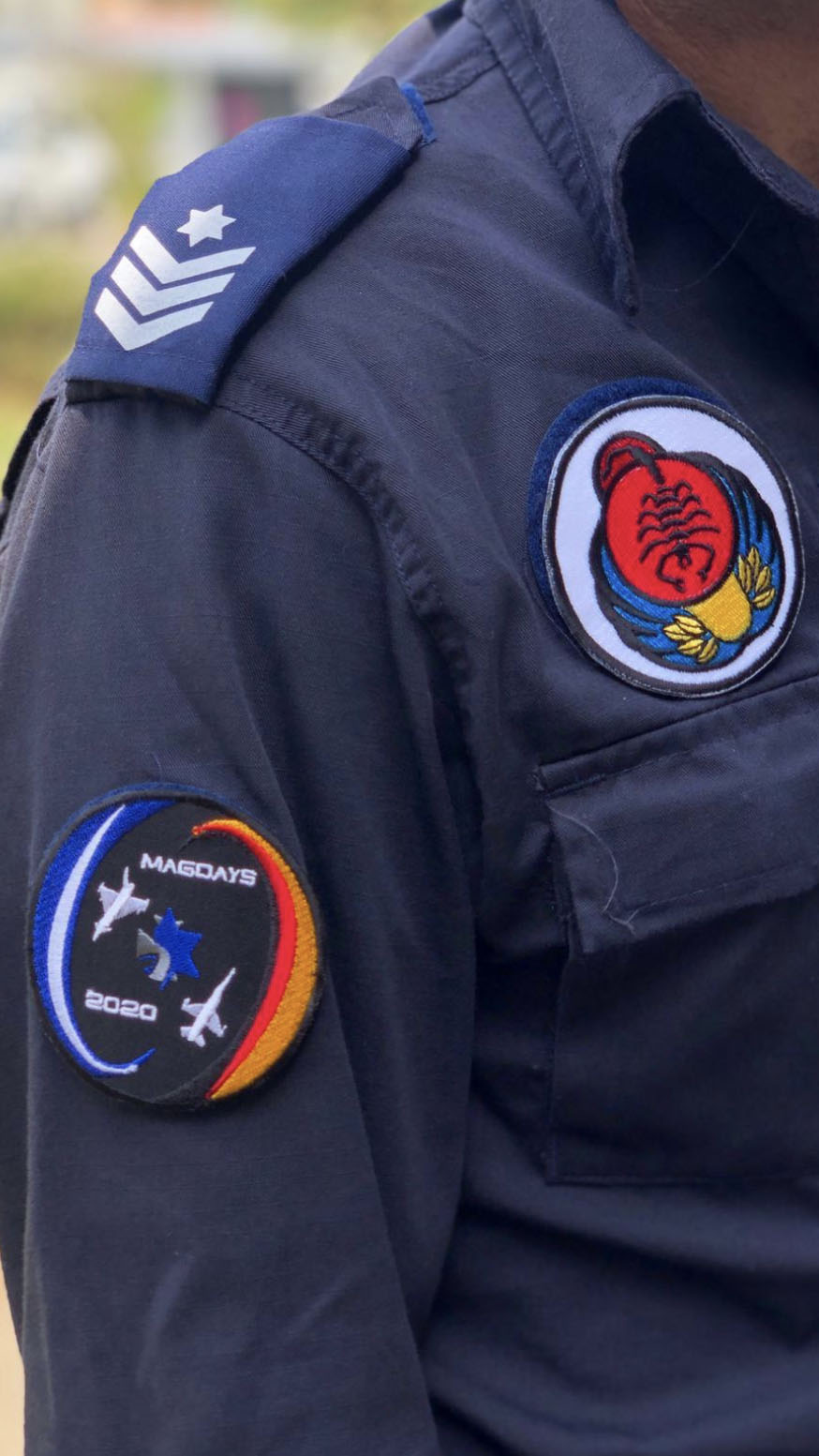
Due to the COVID-19 pandemic, the IAF has dramatically reduced the scope of its exercises in foreign countries and this year will reportedly only be taking part in the two weeks of German maneuvers. These actually involve two different exercises: Blue Wings 2020 during the first week, and MAGDAYS during the second. While Blue Wings 2020 will be an exclusively IAF/Luftwaffe affair, MAG (Multinational Air Group) Days is an international event that takes place four times a year involving several different NATO forces and is held over northern Europe.
The previous MAGDAY — also led by Germany — took place in June and. as well as Luftwaffe Eurofighters and A310 and A400M refueling tankers, it involved F-16s from the Netherlands, F/A-18s from Switzerland, F-16s and KC-135s from the United States, plus Typhoons and Voyagers from the United Kingdom. Simulated aerial combat plus air-to-air refueling drills took place in training areas above northern Germany as well as over the North Sea off the Netherlands and Denmark.
The MAGDAY exercises — each of which normally features two practice days and two live-fly days — are intended to build towards a Multinational Air Group concept that should reach initial operational capability by 2023, followed by full operational capability in 2026. The aim of the MAG is to field a multinational coalition for combined missions. As well as NATO members, the MAG is intended to involve non-aligned partners such as Switzerland, and now Israel.
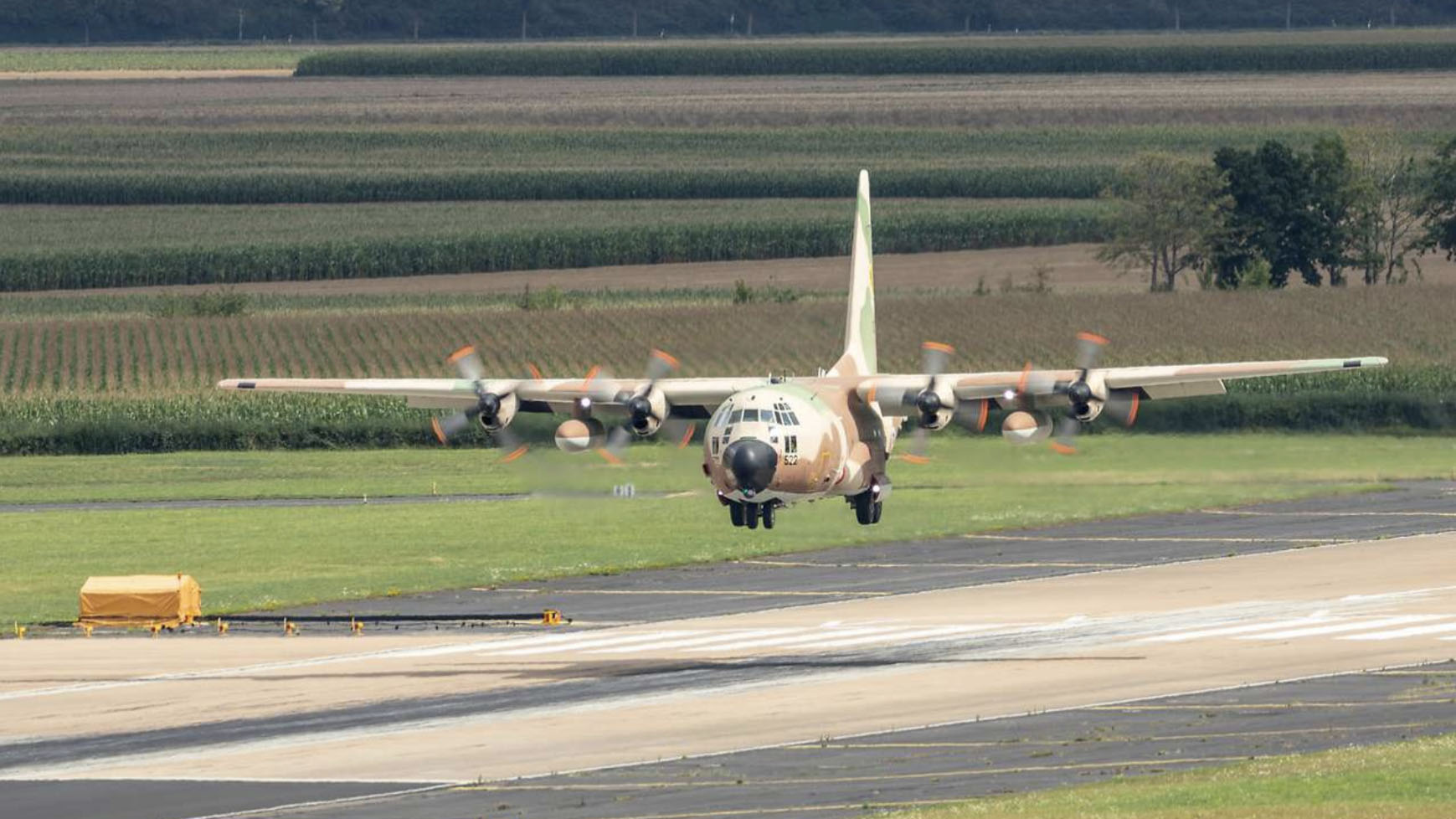
A chance to operate alongside dissimilar aircraft — in this case, Luftwaffe Eurofighters — at a deployed location is always a benefit for frontline fighter pilots, as they seek to sharpen their skills against a range of opponents and maintain overall readiness. As well as flying tactically in unfamiliar airspace, the IAF contingent will encounter different threats, both in the air and on the ground, to aid in its aerial training. In particular, the busy West European airspace, and topography will provide contrasts with regular training areas in Israel.
“This training is very effective and unique, as we train in an unfamiliar environment and territory,” explained Lieutenant Colonel A. “We will fly in a different environment than we are used to in Israel, with different flight platforms and flight rules. The flights will be carried out using NATO’s combat doctrine as opposed to ours, which creates a challenge for the pilot and weapons systems operator in the cockpit. The exercise will simulate warfare due to the uncertainty, and the difference from training in Israel.”
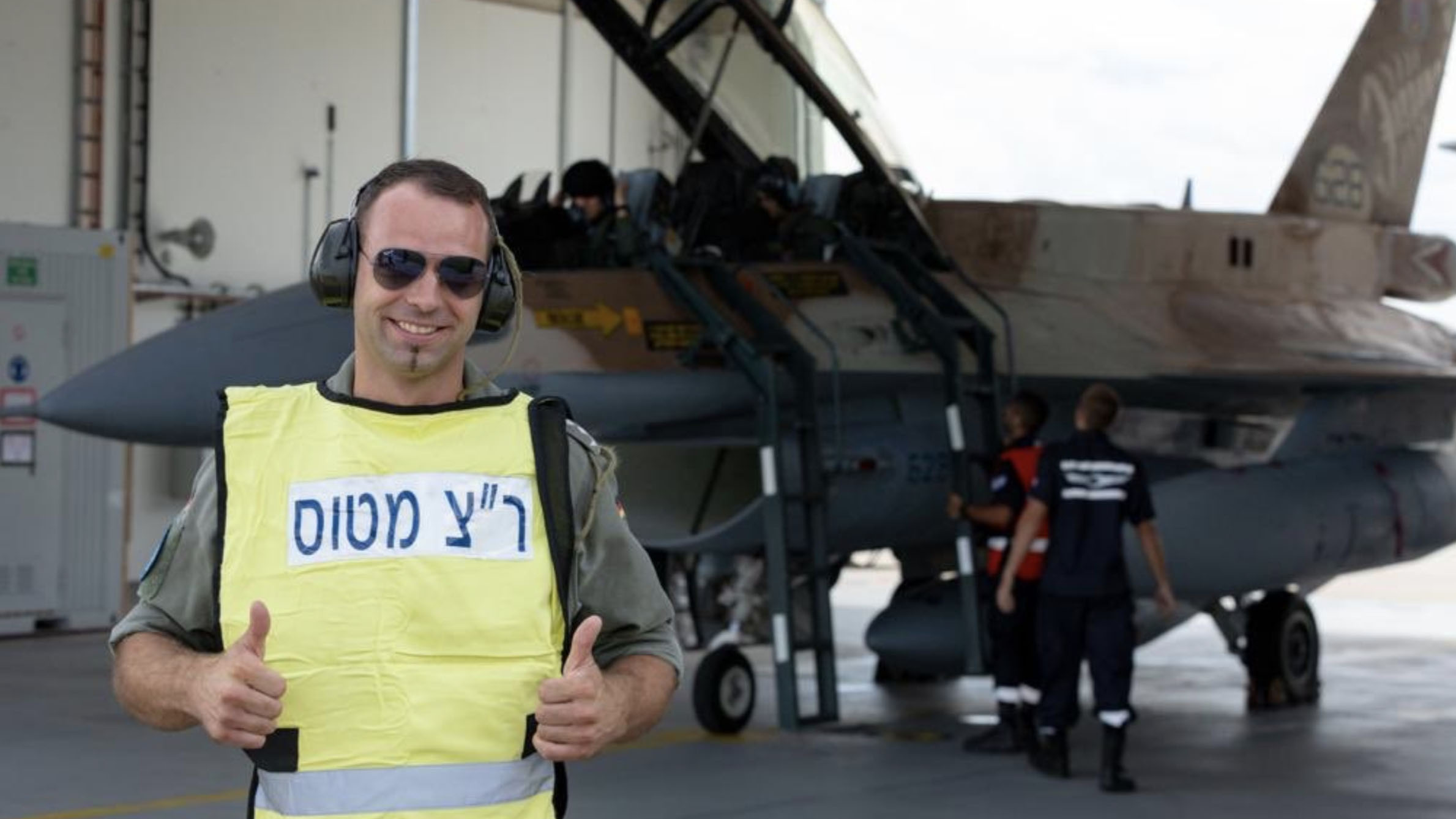
Cooperation between the German and Israeli air arms has intensified in recent years. The Luftwaffe is a long-term operator of Israeli-made unmanned aerial vehicles, operating the Israel Aerospace Industries Heron TP in Afghanistan and Mali, while German crews train on the drone in Israel. In 2017 and 2019, German fighter jets took part in the Blue Flag series of large-scale exercises in Israel’s Negev desert. One big difference at last year’s Blue Flag was the participation of the IAF’s latest F-35I “Adir” fighter jet — the new-generation warplane will not be involved in the maneuvers in Germany.
Tomorrow, Aug. 18, Israeli and German military aircraft will also together fly over the Dachau concentration camp. They will also pass over Fürstenfeldbruck Air Base close to Munich, where the final scenes of the Munich massacre played out.
For the joint flyby, an IAF Gulfstream G550 carrying IAF commander Major General Norkin and his Luftwaffe counterpart Generalleutnant Gerhartz will lead Israeli F-16s and a pair of Luftwaffe Eurofighters. A similar mission was conducted by the IAF over Auschwitz in Poland in 2003.
A concentration camp was established at Dachau in 1933, weeks after Adolf Hitler became leader, and initially housed political prisoners. The site became a prototype for all later concentration camps and in its 12 years of existence over 200,000 people from across Europe were imprisoned there, as well as in its satellite camps — 41,500 of them were murdered. Survivors were liberated by American troops in April 1945 and the former camp is now home to a Memorial Site.
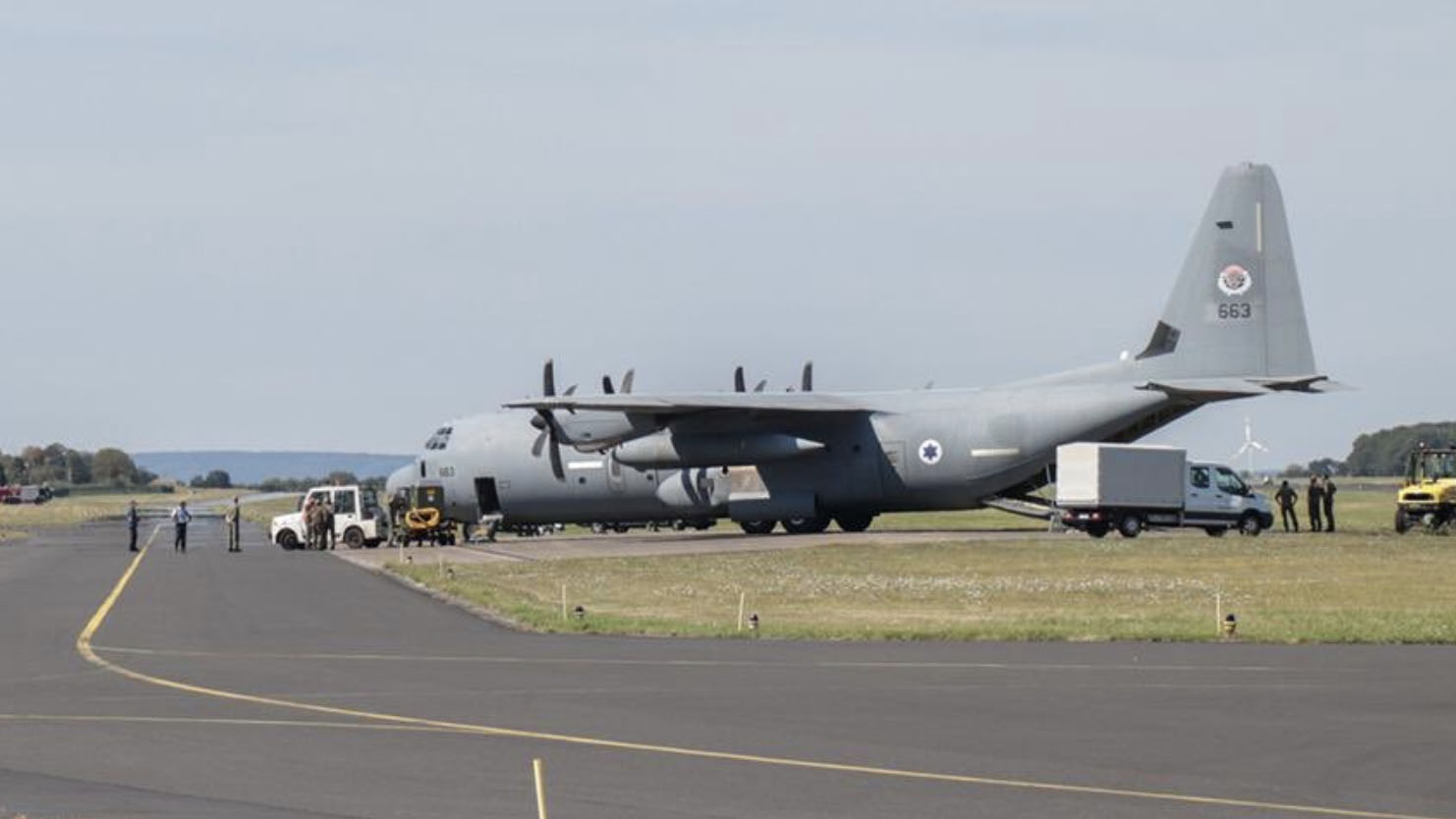
A one-time wartime Luftwaffe training base, Fürstenfeldbruck was the site of the massacre during the 1972 Summer Olympics held in nearby Munich. Palestinian terrorists from the Black September group killed two members of the Israeli Olympic delegation at the Olympic village and took nine others hostage. During a chaotic attempt to free them, nine Israeli athletes and trainers, and a West German police officer died on the tarmac at the air base.
The significance of this “Memory of the Future” event is reflected in the numerous dignitaries from both countries scheduled to attend. Guests at the official memorial ceremony at Dachau will include German Minister of Defense Annegret Kramp Karrenbauer, Israeli Ambassador to Germany Jeremy Issacharoff, and the commanders of both the IAF and Luftwaffe. Among those speaking at the ceremony will be the deputy commander of the IAF’s 109 Squadron, named as Major Y, who is the grandson of a Holocaust survivor from the Dachau concentration camp.
“For me it is very emotional to fly to Germany as an Israeli Air Force pilot,” Major O told the German newspaper Süddeutsche Zeitung. “It is very important for us to remember all those who were murdered [at Dachau], but it is also a message for the future. There is a close relationship between Germany and Israel, and we are making it stronger through such exercises.”
While the deployment to Germany has significant tactical value as the IAF’s only international exercise of the year, it also reflects strategic links between Germany and Israel. For long after the IAF aircraft have departed, it will also be remembered as a powerful symbol of the two countries’ interwoven histories and the long shadow cast by the Holocaust.
Contact the author: thomas@thedrive.com
